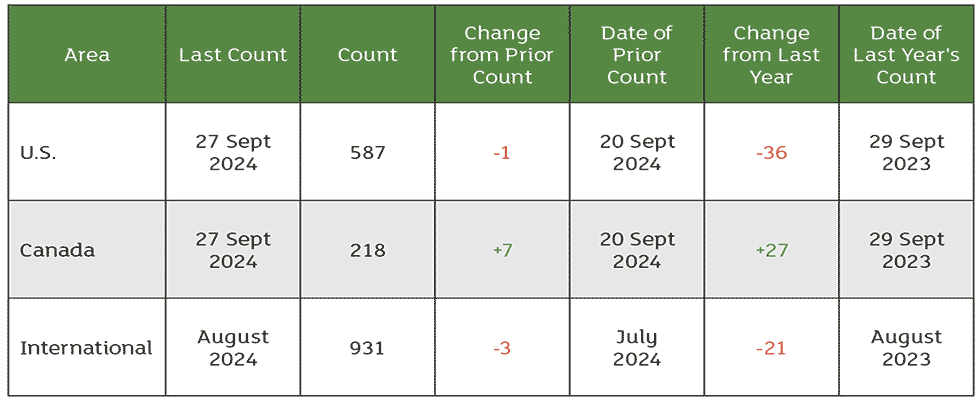
The Consumer Price Index for All Urban Consumers (CPI-U) rose by 0.2% in August on a seasonally adjusted basis, matching the increase in July, according to the United States Bureau of Labor Statistics. Over the past 12 months, the all items index increased by 2.5% before seasonal adjustment, marking the smallest 12-month rise since February 2021.
In August, total nonfarm payroll employment rose by 142,000, while the unemployment rate remained relatively unchanged at 4.2%. The labor force participation rate held steady at 62.7%, and the number of people employed part-time for economic reasons remained unchanged at 4.8 million.
The U.S. Bureau of Labor Statistics reported that the Producer Price Index (PPI) for final demand rose by 0.2% on a seasonally adjusted basis, following no change in July and a 0.2% increase in June. Over the past 12 months, the PPI has increased by 1.7%. The rise in August was driven by a 0.4% increase in final demand services, while prices for final demand goods remained unchanged. Excluding food, energy and trade services, the index also rose by 0.3% in August and 3.3% over the last year.
The increase in final demand services was largely due to higher margins in trade services and a 4.8% rise in guestroom rental prices. Prices for final demand energy fell by 0.9%, led by a sharp 10.5% decline in jet fuel prices.
In August, U.S. import prices dropped by 0.3%, the largest decline since December 2023, following a modest 0.1% rise from April to July. Despite this drop, import prices increased by 0.8% over the past year. Fuel import prices fell by 3.0%, led by declines in petroleum and natural gas, which dropped 3.2% and 3.7%, respectively. This marked the first annual decline in fuel import prices since February 2024, with natural gas prices plummeting 51.7% over the past year. Nonfuel import prices decreased slightly by 0.1% in August due to lower prices for nonfuel industrial supplies, materials and consumer goods, offsetting gains in capital goods. Food, feeds and beverages prices also fell by 0.1% after a 1.5% rise in July. Finished goods import prices were mixed, with capital goods up by 0.1%, while consumer goods declined by 0.1% for the third consecutive month.
The U.S. export prices fell by 0.7% in August, following a 0.5% increase in July, marking the first annual decline since April 2024. The drop was driven by decreases in both agricultural and nonagricultural export prices. Agricultural export prices fell by 2.0% for the second consecutive month, the largest monthly declines since May 2023, primarily due to a 9.8% decrease in soybean prices, along with lower prices for corn, wheat and fruit—partially offset by higher nut prices.
Nonagricultural export prices decreased by 0.6%, with declines in nonagricultural industrial supplies, materials and capital goods offsetting gains in consumer goods, automotive vehicles and nonagricultural foods. Prices for nonagricultural industrial supplies and materials dropped 1.1%, mainly due to a 2.9% decrease in export fuel prices. Among finished goods, capital goods prices fell 0.2%, led by a 3.0% drop in semiconductor prices, while consumer goods and automotive vehicle prices rose by 0.1%.
References
bls.gov/news.release/cpi.nr0.htm
bls.gov/news.release/empsit.nr0.htm
bls.gov/news.release/ppi.nr0.htm
bls.gov/news.release/ximpim.nr0.htm

